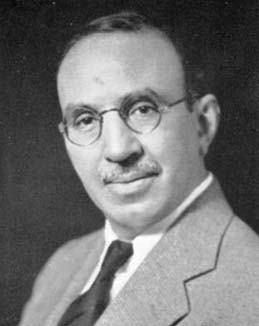Listening to ‘The Educators’ on Radio 4 this week, I heard Professor Sugata Mitra, from Newcastle University enthuse about his research into how children can teach themselves through what he terms ‘self organised learning environments’ (SOLE). This implies the use of a computer in general with the Internet. What was interesting was these children were teaching themselves but lived in very poor communities around the world. Typically where Professor Mitra says ‘teachers just won’t go’. The box office hit and book “Slum dog Millionaire” was inspired by Mitra and his experiments; the story of a boy who answers the game show questions using his past life and experiences in order to win the final prize.
The programme made me think a good story can set learning in context and give students a reason to remember. And so the “story” goes…
The Internet search company Google was set up by a group of mathematicians, software developers and engineers. The underlying maths that makes Google work is to do with Eigenvectors seeking out common topics in the giant matrix we call the Web. Then they were looking for a company name, they decided to slightly alter the spelling of the mathematical word ‘googol’ to create Google, and even named their company headquarters in California Googleplex.
The mathematical word ‘googol’ was created by Professor Edward Kasner in 1938 while out walking in the New Jersey Palisades with his nine year old nephew Milton Sirotta. Kasner asked his nephew if he could help him to think of a name for the very large number he was working on in his mathematical research. This number was “1” followed by a hundred zeros.
Palisades with his nine year old nephew Milton Sirotta. Kasner asked his nephew if he could help him to think of a name for the very large number he was working on in his mathematical research. This number was “1” followed by a hundred zeros.
After some thought Milton suggested the word “googol”. He continued to suggest that the name for an even larger number could be a “googolplex”. Milton even created a definition for a googolplex saying that it should be “a one followed by writing zeros until you got tired and had no more room to write, as the zeros went all the way to the furthest star”.
When teaching standard index form to students I would always start the lesson with this story. We would then play a game to try and think of other names for BIG numbers. I felt this gave the students a memory point on which to build their understanding, in the same way Jamal Malik did in ‘Slum dog Millionaire’. Students need a place to start storing abstract mathematical concepts; I feel stories offer a way to do this.
Steve Humble
With over 20 years experience as a mathematics subject leader in various educational establishments, Steve became the Senior Regional Coordinator for the National Centre for Excellence in the Teaching of Mathematics (NCETM) which he undertook for five years. Currently he works at Newcastle University, teaching mathematics on the Primary and Secondary PGCE. To promote public interest in mathematics he has written a fortnightly newspaper column as ‘DrMaths’, as well as a range of puzzles ‘explorer’ books and a number of classroom resources.


